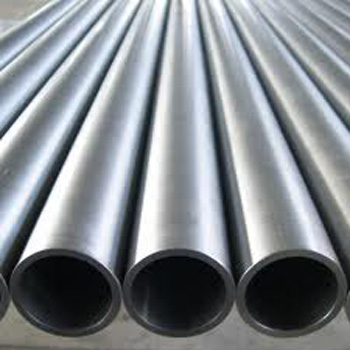I had a question recently asked me by one of my customers that were looking into purchasing ISO Tank Containers. “What is the difference between 304 and 316 SS (stainless steel)?
The simple answer is 304 contains 18% chromium and 8% nickel while 316 contains 16% chromium, 10% nickel and 2% molybdenum. But to explain further…
304 Stainless steel is a the basic alloy that contains at least 50% iron and 10% chromium. The chromium inhibits corrosion and thus plays a part in defining stainless steel. The more chromium, the more corrosion-resistance. But chromium is not the only factor in corrosion resistance. Many other elements are added to enhance the properties of a particular grade and type of stainless steel. The molybdenum is added to help resist corrosion to chlorides (like sea water and de-icing salts). The stainless alloy resists most oxidizing acids and can withstand all ordinary rusting. HOWEVER, IT WILL TARNISH. It is immune to foodstuffs, sterilizing solutions, most of the organic chemicals and dyestuffs, and a wide variety of inorganic chemicals. Type 304, or one of its modifications, is the material specified more than 50% of the time whenever a stainless steel is used. Because of its ability to withstand the corrosive action of various acids found in fruits, meats, milk, and vegetables, Type 304 is used for all types of dairy equipment – milking machines, containers, homogenizers, sterilizers, and storage and hauling tanks, including piping, valves, milk trucks and railroad cars. This 18-8 alloy is equally serviceable in the brewing industry where it is used in pipelines, yeast pans, fermentation vats, storage and railway cars, etc. The citrus and fruit juice industry also uses Type 304 for all their handling, crushing, preparation, storage and hauling equipment.
By adding more nickel and 2% molybdenum to 304 stainless, you get type 316, which has the best corrosion resistance among standard stainless steels. It resists pitting and corrosion by most chemicals, and is particularly resistant to salt water corrosion. Type 316 can withstand corrosive attack by sodium and calcium brines, hypochlorite solutions, phosphoric acid; and the sulfite liquors and sulfurous acids used in the paper pulp industry. This alloy, therefore, is specified for industrial equipment that handles the corrosive process chemicals used to produce inks, rayons, photographic chemicals, paper, textiles, bleaches, and rubber.
Where does 316L come into play? How does this relate to tanks? I’ve decided to do a part two, so until the next installment…










One comment
Pingback: 304, 316, and 316L (Stainless Steel) Oh My! | All Things Intermodal
Comments are closed.